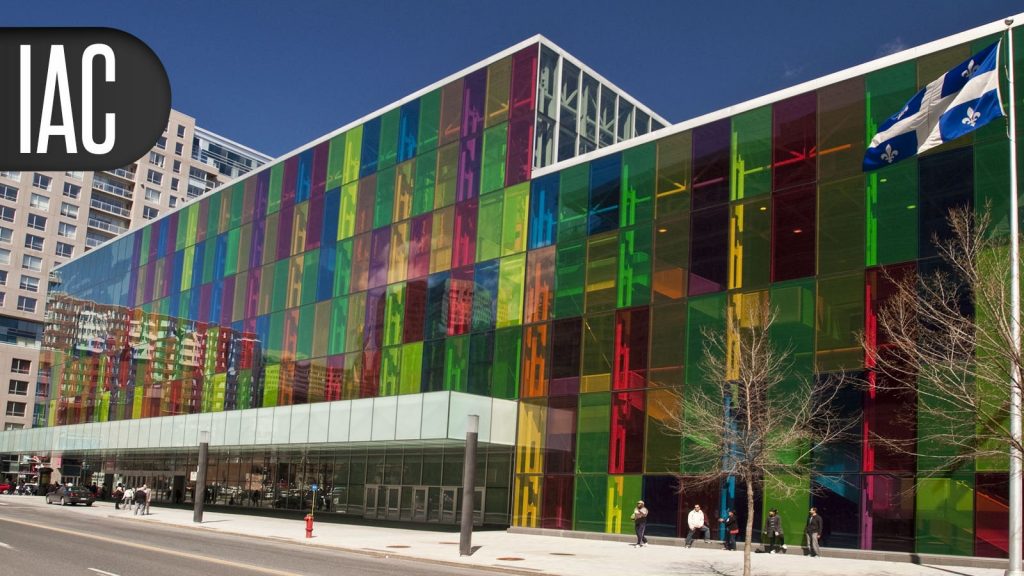
MONTREAL — A simplified treatment for maintenance of suppression of HIV infection continued to be non-inferior to standard combination antiretroviral therapy (cART), a researcher reported.
After 144 weeks of treatment, 88% of 93 patients enrolled in the SIMPL’HIV study who were taking dolutegravir (Tivicay) plus emtricitabine (Emtriva) maintained HIV suppression to undetectable levels using the 50 copies/ml assay versus 84% of 93 on cART, reported Annalisa Marinosci, MD, of the University of Geneva.
“Dolutegravir plus emtricitabine remains safe and non-inferior to standard care in the maintenance of viral suppression in adults with HIV-1 at 144 weeks,” she said in a presentation at the International AIDS Conference (IAC). “No new safety signals were observed and change [in] weight was similar between groups.”
In a separate IAC study, researchers shared results from the NAMSAL trial in Cameroon that compared dolutegravir (DTG) versus low-dose efavirenz (EFV400) as first-line ART in Cameroon.
In 2019, the World Health Organization (WHO) recommended DTG as a preferred HIV treatment in all populations. That same year, the FDA approved the first two-drug complete regimen (DTG-lamivudine [Dovato]) for HIV-infected patients who have never received ART. In 2020, the agency approved DTG for the treatment of HIV-1 in select pediatric patients.
IAC session moderator Chloe Orkin, MD, MBChB, of Queen Mary University of London, told MedPage Today that “these studies give us reassurance that the World Health Organization decision in suggesting use of dolutegravir over efavirenz is successful over the long term. “
SIMPL’HIV
“Dual-therapy regimens have become an appropriate alternative to standard combination antiretroviral therapy to reduce toxicity, and costs and improve tolerability, adherence, and quality of life,” Marinosci said.
Marinosci and colleagues reported positive 48-week results from SIMPL-HIV in 2020 in PLOS Medicine. The study is a multicenter, open-label, non-inferiority randomized trial among treatment-experienced people with HIV in Switzerland. At baseline, patients with HIV-RNA 7 years.
Marinosci reported that there were no significant baseline differences in CD4-positive cells counts or in the lipid profile of the participant in the trial, including total cholesterol, HDL cholesterol, LDL cholesterol, and triglycerides. Similarly there was no difference between the groups in glucose levels after 3 years of treatment.
The trial’s main endpoint was the proportion of patients who maintained HIV-1 RNA
Mean CD4 gain between baseline and week 144 was 8.4 and 34.7 cell/mm3 with DTG-FTC and cART, respectively, for a -19.4 adjusted difference (95% CI -74.2 to 35.4), the authors reported.
They also found that, through 144 weeks, three participants in the DTG-FTC arm and six in the cART arm had HIV-RNA levels>100 copies/ml with an adjusted difference of -3.1% (95% CI -9.2 to 3.1%) in the intention-to-treat (ITT) population.
At week 144, HIV-RNA was>50 copies/ml in one patient in the DTG-FTC group and four patients in the cART group, for a -3.2% adjusted difference (95% CI -7.7 to 1.5%).
Weight gain was similar for men and women in both trial arms (about 5 lbs), Marinosci said, while a quality-of-life assessment was unable to discern a difference between the two trial arms.
Serious adverse events (AE) were seen in six patients on DTG-FTC and four patients on cART during the extended trial period, but Marinosci reported that no patients in either arms discontinued treatment due to any AE.
NAMSAL
In 2019, the NAMSAL ANRS 12313 Study Group shared results from the trial with an 400-mg EFV-based regimen versus a DTG-based, reporting that the latter was non-inferior to the former reference regimen in terms of viral suppression at week 48. “Among participants who had a viral load of at least 100,000 copies per milliliter when antiretroviral therapy was initia
